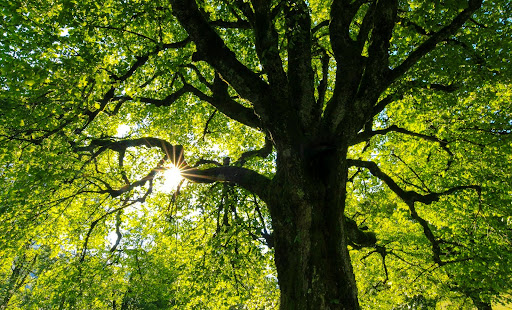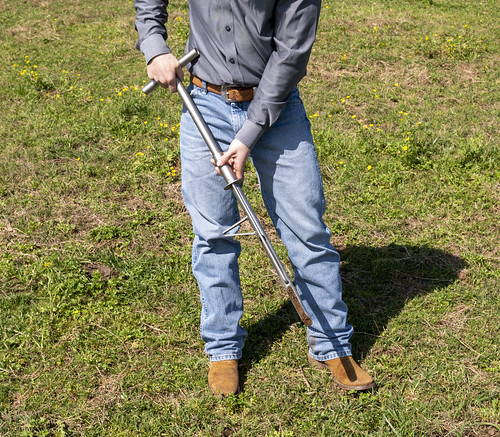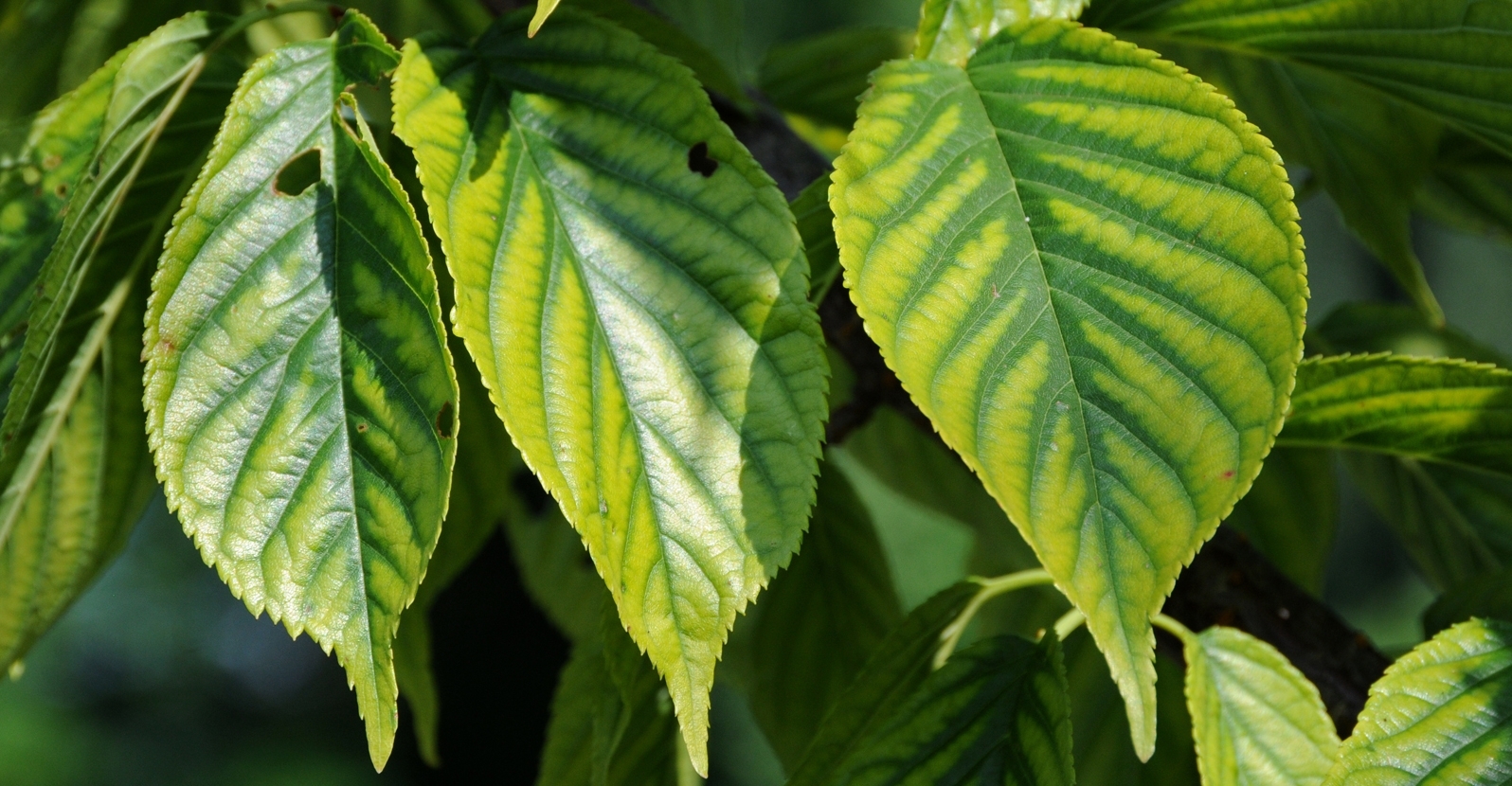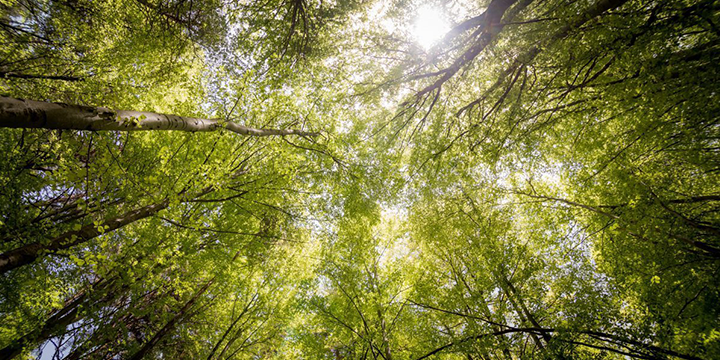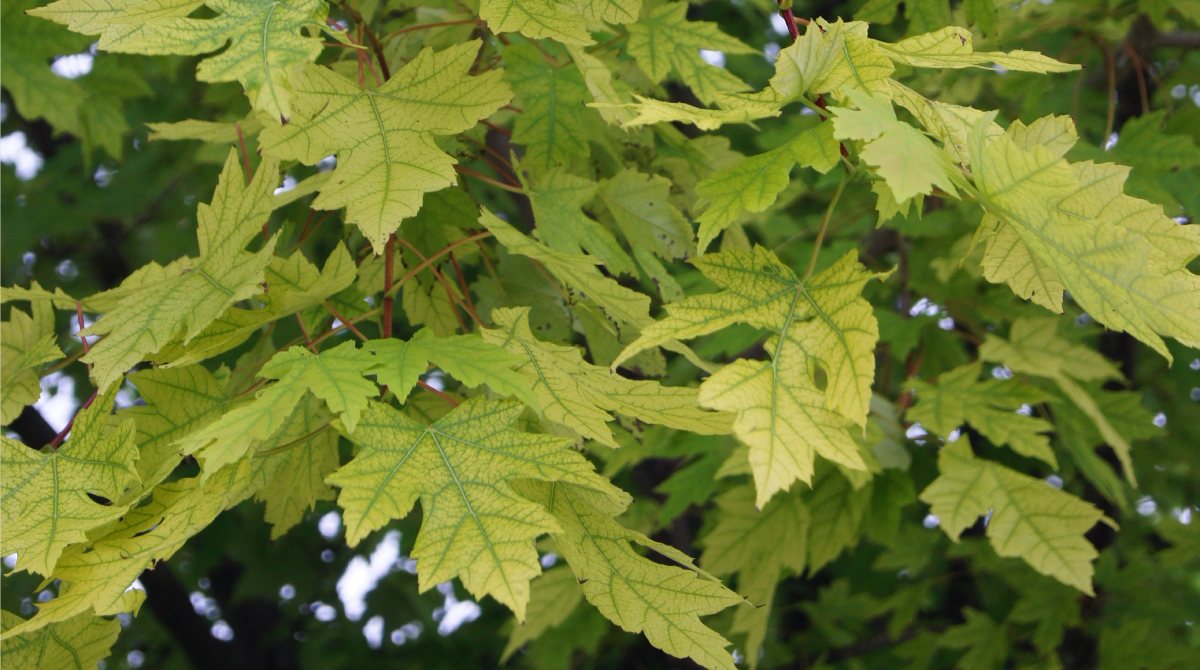
How Do You Treat Iron Chlorosis in Trees?
Date May 06, 2022
Category
Iron Chlorosis can be a common problem for trees in Texas, and while the condition may seem alarming, there are several things you can do to treat chlorosis and help your tree get back on track. Here is our guide to iron chlorosis treatment!
What Is Iron Chlorosis and How to Recognize It
Iron Chlorosis is caused by an iron deficiency, which causes a lack of chlorophyll in the tree. This leads to a yellowing of the leaves and a darkening of their veins. Chlorophyll is what gives leaves their beautiful green color and helps with producing food for the tree.
Along with the yellowing, the edges of the leaves may also turn brown while the yellowing pales to a white shade as the illness worsens.
Iron deficiency is usually brought on by soil with low soil oxygen and high soil pH, mostly common resulting from
- Overwatering
- Over-fertilizing
- Compacted soil
- Herbicide damage
As its symptoms can look very similar to other tree health issues, get both your tree and soil tested first before starting any treatment.
Treatment for Iron Chlorosis in Trees
There are 3 popular forms of treatment in trees: Treating the soil, treating the leaves, and applying a trunk injection. Get the opinion of a professional tree care service as to which will be best for your trees.
Soil Treatment
In late fall or early spring, combine iron sulfate with elemental sulfur in equal parts to produce long-term results that won’t cost a ton. Add the mixture around the dripline of your affected tree(s) by digging and then filling small holes approximately 15 inches deep and 1.5 inches across, leaving about 4 inches of empty space below the opening. Space them about 20 inches apart.
You may want tree care experts to do this so as to get the mixture exactly right and to save the headache of personally worrying about any hidden issues like utility lines.
The mixture will gradually neutralize the pH level in the soil. A single treatment, depending on the severity of the case, can have effects that last as long as 3 or 4 years.
Foliar Treatment
Another option is applying liquid fertilizer directly to the leaves for the plant to absorb. This can help correct any nutrient that the plant is lacking. Keep in mind, though, that while this is generally an easier method of treatment on smaller trees, the treatment’s effectiveness doesn’t last nearly as long as the soil method and would likely need repeated application as new leaves pop out.
You can purchase a foliar spray at most home improvement and gardening shops, but don’t forget to add a hint of liquid soap to it first to help with adhesion. Avoid leaf burning by spraying in the evenings or on an overcast day.
Trunk Injection
Trunk injections are a more involved process for treating iron chlorosis, but it is also definitely the most effective when applied correctly…and the riskiest.
This method requires small holes to be drilled into the trunk. Since only some solution formulas will require reapplication, check the label before you purchase your injection solution. Drilling near the soil surface has shown to be the most effective placement.
Tip: If any injury to the trunk does occur, do not apply a wound dressing and instead call an ISA-Certified Arborist to assess the best next step.
We recommend late spring or fall applications for best results, but again, check the label for your particular solution’s directions. Inject the solution in still, warm to cool weather to avoid any leaf burn, and keep a close watch on the tree’s moisture needs both for the week before and several weeks after application.
If you think your tree might be suffering from iron chlorosis, don’t hesitate to reach out for help. TreeNewal has helped countless homeowners reign in this condition from diagnosis to recovery, and we can’t wait to do the same for you!
If you need advice or assistance with testing or treating possible iron chlorosis in your trees, get in touch with the ISA-Certified Arborists at TreeNewal and enjoy tailored tree care advice.
To learn more about How Do You Treat Iron Chlorosis in Trees?, call our Argyle and Southlake-based teams
at tel:(817) 592-6846 or send us a message.
We’re a little different than the average tree services company.
Learn more about TreeNewal’s ISA Certified Arborists!
Our Dallas/Fort Worth-based tree doctors can explain how sustainable tree care services add more value to your bottom line.
Healthy trees, healthy lives.
